For The Matrix‘s 20th anniversary, we take a look at how Yuen Woo-Ping’s choreography changed the landscape of Western action films forever.
It’s hard to believe it’s been 20 years since the arrival of The Matrix, a film that thoroughly blew my mind with it’s heady concepts and stunning action. As a nerdy kid and a Martial Artist, there were a lot of concepts that spoke specifically to me. As the years have gone by, however, it’s easy to see the impact the film has had on the film industry, in general. Garrett detailed many of these in his article the other week, but I wanted to take the time to talk about how The Matrix affected the action genre; more specifically how Hollywood changed their overall approach to filming them.
Think of some of your favorite action movies within the last 5-10 years. John Wick, the modern Mission: Impossible films, 300, Casino Royale, Taken, or just about any superhero movie…They all owe a debt to how The Matrix changed the game in regard to stunt work and presenting action on the big screen.
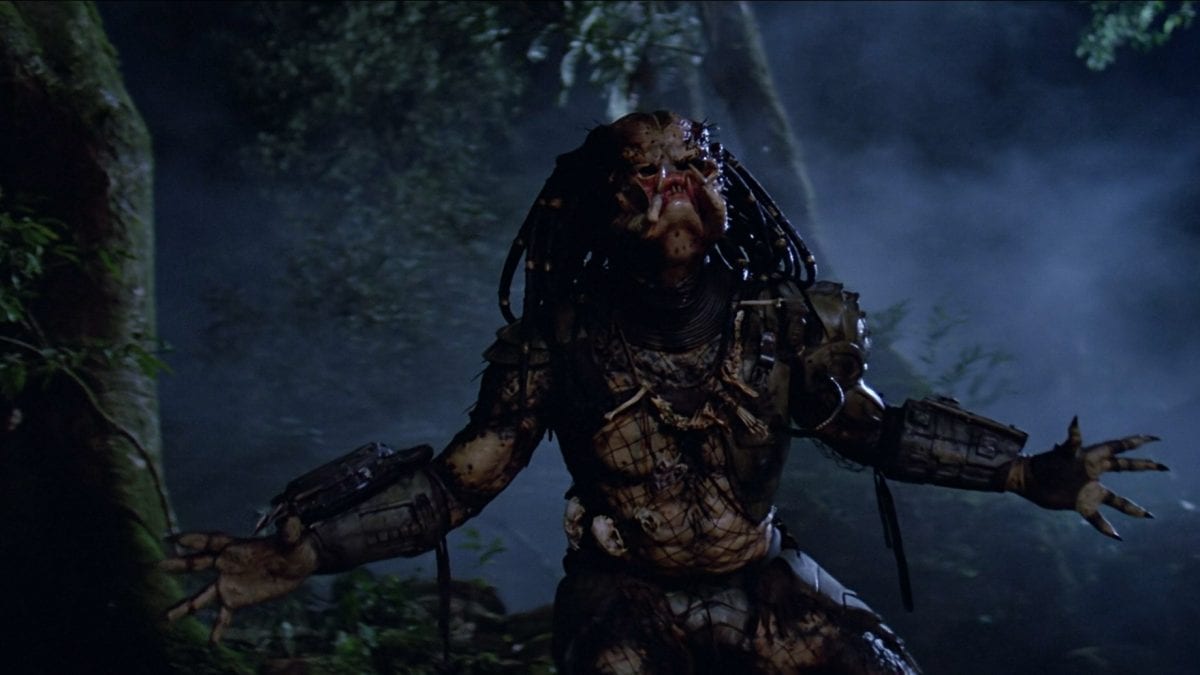
The Explosive Era
Before looking at how Matrix shook things up, you have to remember how things were before its release. Throughout the 80s and 90s, action films had a distinctive style and aren’t hard to spot. This era was defined by ultra-macho muscles, car chases, and big explosions.
Don’t get me wrong, I’m not saying those are bad things necessarily and plenty of them are still highly fun to watch today. Personally, I still enjoy Demolition Man and Predator on a regular basis, but there’s no denying the limitations inherent in that style. Fights between heroes and villains boiled down to a handful of punches, as buffed up action heroes pummeled whoever they finally caught up to (and only then if the bullets ran out).
Even Martial Arts films of the time period were fairly limited in the kinds of fights they delivered. While these films were popular in their own way (it’s what boosted Jean-Claude Van Damme to stardom), they’re a far cry from what we’ve come to expect these days.
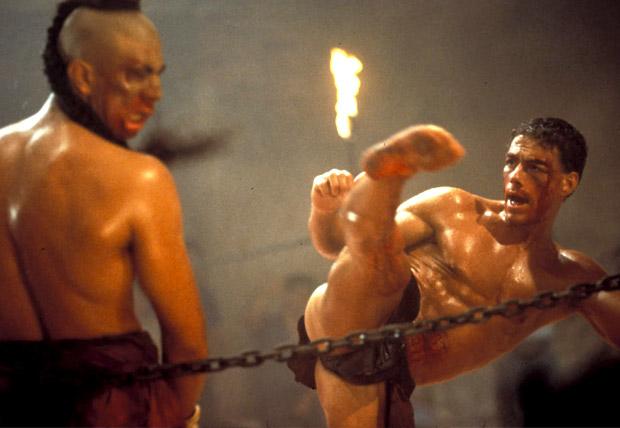
While Bruce Lee managed to gain a foothold in American cinemas during the 70s with a different style of action film, audiences showed up based off his appeal/star-power (not unlike Stallone and Schwarzenegger). Upon his untimely death, these Kung Fu action films became more of a niche in America. The thick-muscled action heroes, who didn’t look at the copious amount of explosions they caused, dominated the genre.
Film studios were slow to embrace the more frenetic action of Martial Arts films from Asia for a handful of reasons. Part of the rationale (at the time) was that Western audiences simply couldn’t keep up with the speed of the fights from professional Martial Artists. This is evident even in the Van Damme films, where a handful of big, impressive moves (the iconic jump spin kick) trumped more intricate fight scenes. They’re interesting to watch now and seeing how they managed to trick audiences into believing they were watching faster paced fight scenes, while focusing more on slower, big actions.
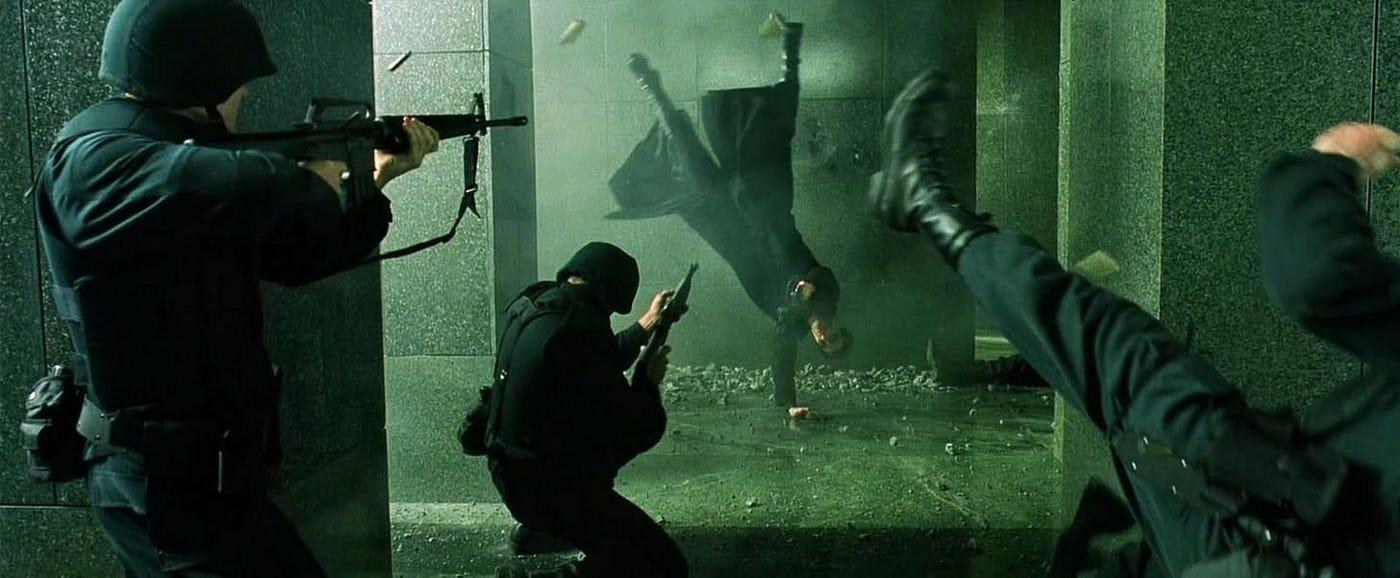
Fighting First
Take a gander at action films in the 90s and you can see the winds of change in regards to fight sequences, though the Martial Arts aspect is more prevalent of the villains (e.g. Demolition Man, Lethal Weapon 4). Even as Jackie Chan movies started taking hold in America, the spectacle of the stunts–and humor–were more the focal point than fight scenes. They were cool, but not necessarily something taken completely serious…until The Matrix came around.
What makes The Matrix so different is how the filmmakers chose to put the emphasis on more personal action. Even the film’s massive gun battle in the lobby has a more intimate nature to it, rather than Rambo style wholesale slaughter. While there are explosions and fantastic stunt pieces, the bulk of the action (including the climax) is centered on hand-to-hand combat, which was practically unheard of in the big budget action film genre of the period.
At a time when Roland Emmerich and Michael Bay styled destruction (Independence Day, The Rock) reigned supreme in terms of blockbuster action, a movie that chose intricate Martial Arts fight sequences as the main set pieces was a big risk. It’s tough to see it now, considering the wealth of comic book heroes on the big screen, but it was a seriously gutsy choice that could have failed as much as it succeeded.
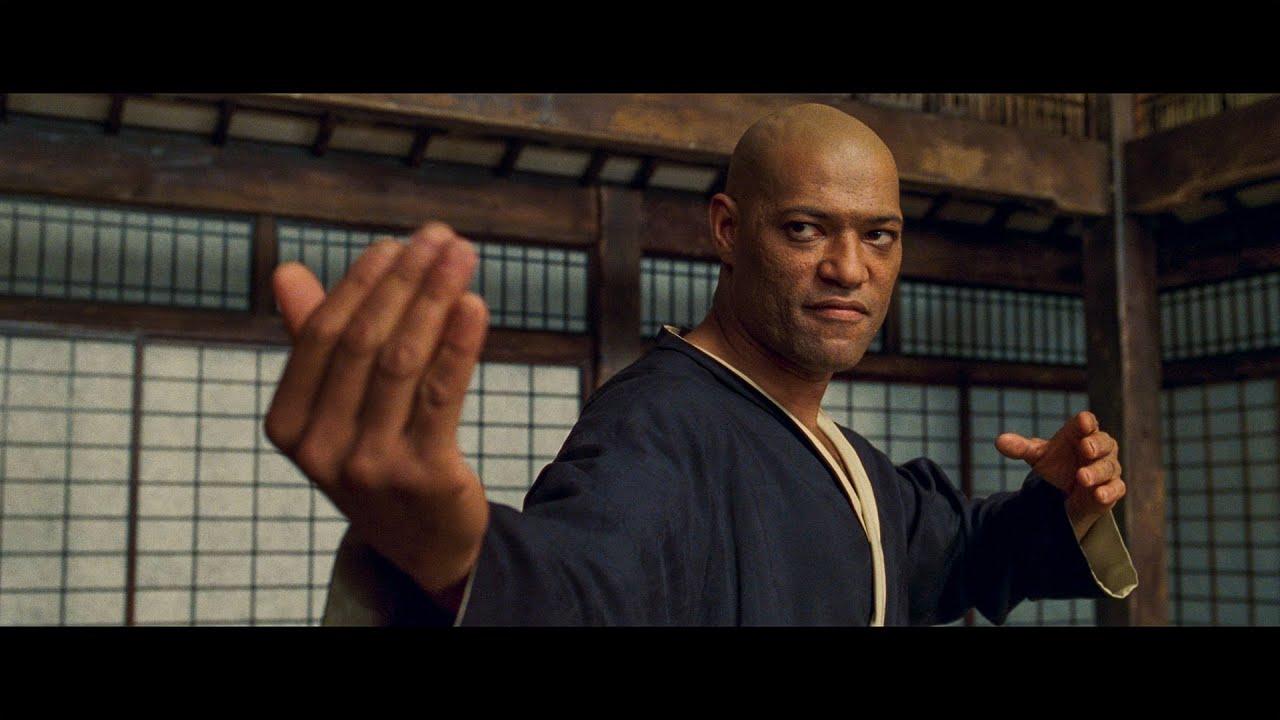
Why it Worked
It can be tough to pinpoint exactly why The Matrix resonated so strongly with audiences as an action film (though Garrett did a good job of trying to break that down in his article). It’s fairly talkative, with heady ideas the filmmakers refuse to explain until mid-way through. There’s no denying, though, that audiences LOVED the fight sequences and the emphasis on combat over just about everything else.
The reason why the fights work so well is much easier to identify: Yuen Woo-Ping. The man was already a legend in the Martial Arts film world in Hong Kong, having helped launch the career of Jackie Chan in the 70s and going on to work with the likes of Donnie Yen, Jet Li, and Michelle Yeoh. While his work as a director garnered plenty of acclaim, his work in fight/stunt choreography is what made him remarkable.
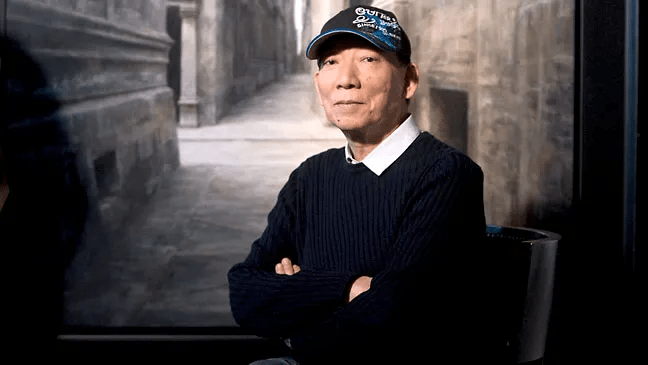
More than just flashy wire work that was (and sometimes still is) the hallmark of Asian Kung Fu films, Yuen set himself apart with his more “grounded” fight sequences. He emphasized speed and intricately detailed fights that not only made the actors look like badasses, but highlighted the effectiveness of the Martial Art being used as well.
This focus gave Yuen’s fight scenes a more visceral quality, making each major blow landed feel devastating and earned. This style also ensured a lasting quality on the films as the speed and detail poured into the choreography makes them just as fun to watch today as they were decades ago.
While Yuen had been working in the Martial Arts movie business for a while, it was his choreography on 1994’s Fist of Legend (a really great Jet Li movie you should watch if you haven’t already) that attracted the attention of the Wachowski’s. The siblings actively sought him out to handle The Matrix’s stunt/fight choreography and Yuen was willing to take on the project, but made it clear he was going to do so on his terms. Thankfully, the filmmakers and producers were so keen to have Yuen on board, they were more than willing to accommodate his stipulations.
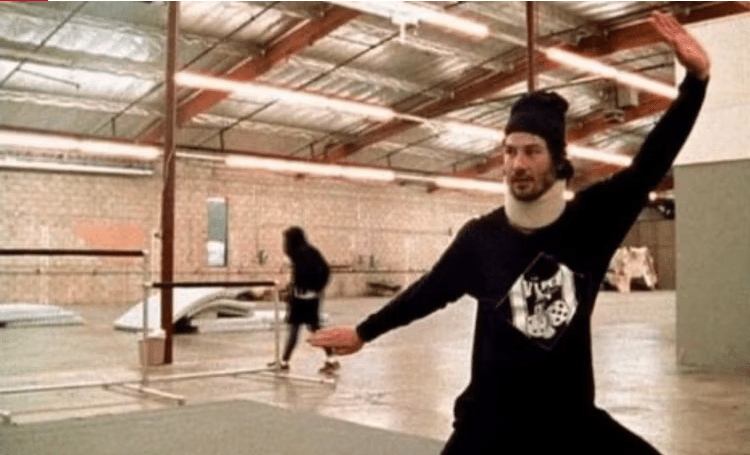
Lasting Impact
One of Yuen’s “eccentric” requests for working on the film, was a lengthy pre-production period (around six months) specifically to train the stunt performers and actors. This may not seem unusual now, but 20 years ago, the idea of taking HALF A YEAR before filming begins to train the actors was unheard of. It just wasn’t done. Even on major blockbusters with car chases and explosions, this type of training period was only a month or two and very rarely included the primary cast in the process.
Even before this, however, Yuen was incredibly hands-on in the process and was present during auditions for the stunt doubles. He and his team put those auditioning through a rigorous routine just to see if they’d be a good fit for the film. It’s a level of detail that big-budget films had never taken on when it came to stunts and choreography, but the results are evident.
Almost overnight, The Matrix became the gold standard for blockbuster action films. Couple this with the following year’s success of Crouching Tiger, Hidden Dragon (also choreographed by Yuen Woo-Ping) and a new era had begun. The effect on the industry is still noticeable today. Nowadays, it’s not uncommon to have lengthy training sessions for actors/stunt teams to prepare for filming. Hell, these days, actors begin training almost immediately after getting cast in the role; especially when it comes to Comic Book films.
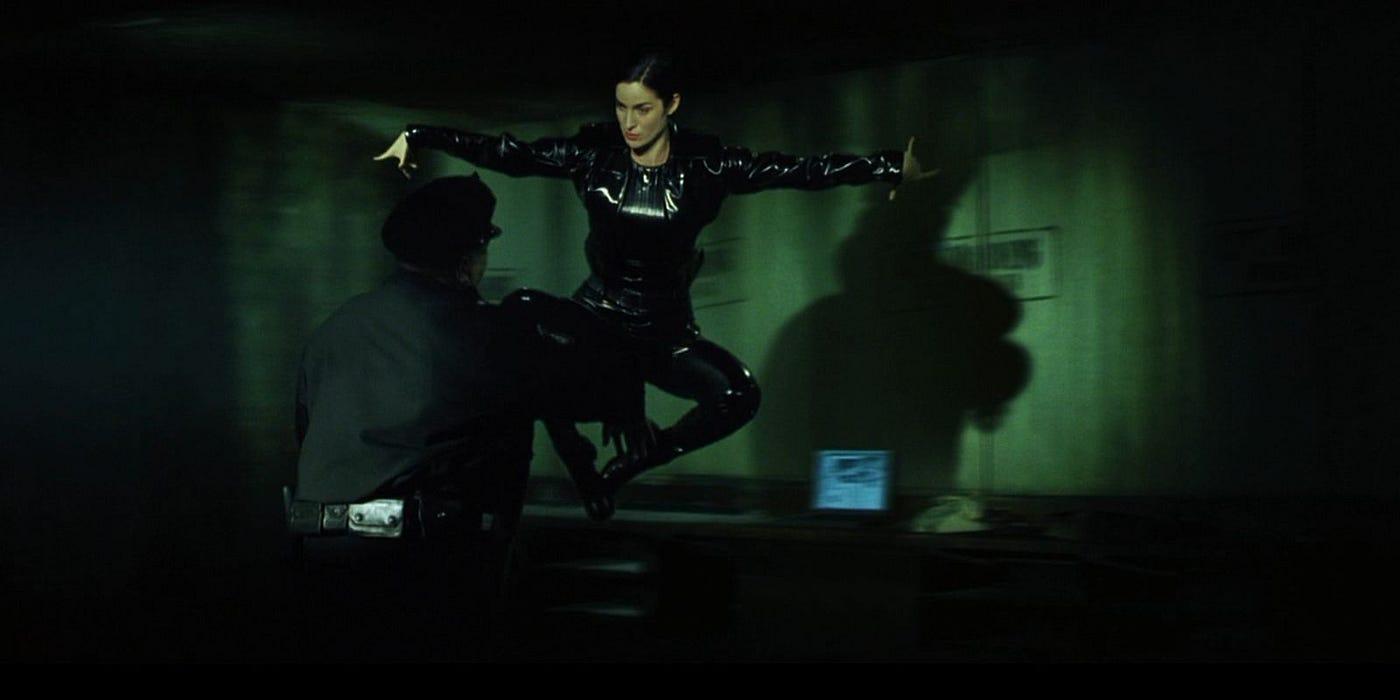
There are still car chases and explosions aplenty, but there’s an element of hand-to-hand combat that wasn’t there before. Even in the Fast & Furious franchise, we see personal fight scenes take the focus as crazy stunts happen around them. Where fight scenes were once ancillary to the action on screen (often kept simplistic so as to not distract from other stuff), it’s now moved to the forefront of the genre.
Without The Matrix and the unusual way in which they went about crafting their action set pieces, many of the films we know and love today might not be the same. Its influence on how action films are created cannot be understated. On top of offering a more immersive experience for audiences (with in depth actor training), it helped pave the way for safer stunt practices, while garnering more acclaim/respect for the often unsung work of stunt people.

